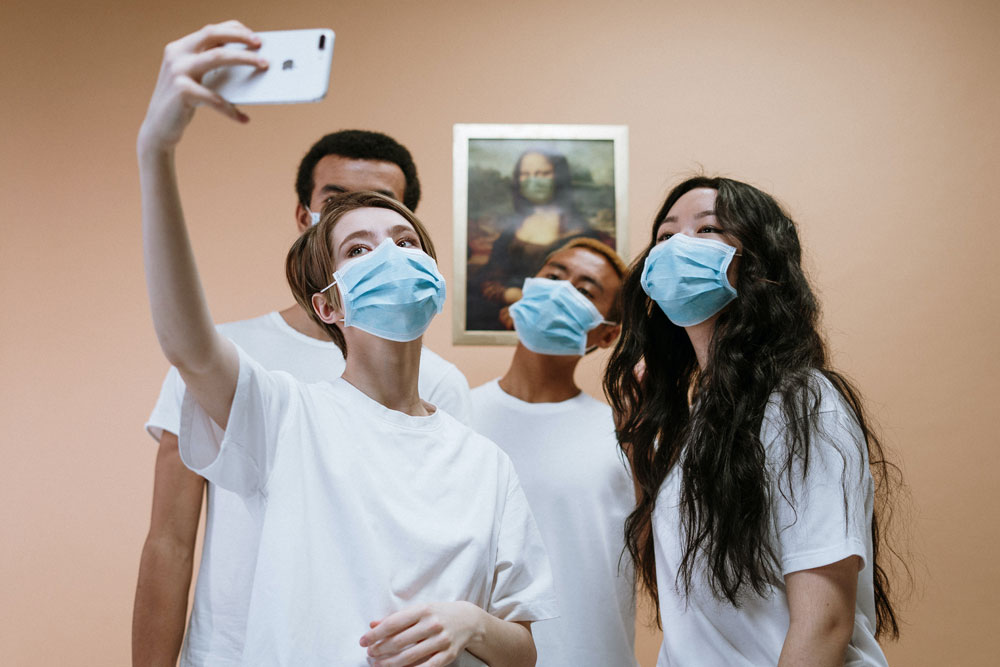
April 18, 2020; New York Times
Ask anyone to name a superhero, and most will immediately offer up Superman or Batman, the Avengers or the Black Panther. But in today’s environment of COVID-19 heroism, they’d be better served to name Wonder Woman, Supergirl, Raven, Storm, or Captain Marvel instead. The reason? Reporting for the New York Times, Campbell Robertson and Robert Gebeloff document that one in three jobs held by women has been designated as essential. This is based on a New York Times analysis of census data crossed with the federal government’s essential worker guidelines. It should be noted that women of color are more likely to fill these essential jobs.
These are the true superheroes. As Robertson and Gebeloff point out, “The work they do has often been underpaid and undervalued—an unseen labor force that keeps the country running and takes care of those most in need, whether or not there is a pandemic.”
Women make up nearly nine out of 10 nurses and nursing assistants, most respiratory therapists, a majority of pharmacists and an overwhelming majority of pharmacy aides and technicians. More than two-thirds of the workers at grocery store checkouts and fast food counters are women.
While men hold the majority of jobs in normal times, these times are not normal. As identified in an advisory guide for state and federal officials from the Department of Homeland Security, the majority of “Essential Critical Infrastructure Worker” jobs were held by women. Male workers hold 28 percent of the jobs deemed “essential” in this workforce. Most of the rest find that their work is on hold during this crisis.
Sign up for our free newsletters
Subscribe to NPQ's newsletters to have our top stories delivered directly to your inbox.
By signing up, you agree to our privacy policy and terms of use, and to receive messages from NPQ and our partners.
Men do dominate certain fields, such as law enforcement, transit, and public utilities, and they face the risks all essential workers do. But their numbers pale when compared to the numbers of women in one essential field alone: health care. Even before the pandemic of COVID-19, health care work, with 19 million workers nationwide, was the dominant industry in this nation. Demand for workers in this field has grown as medical advances have helped us live longer, in both good health and in illness. But the range of work in this field is diverse, and with that diversity comes great diversity in the makeup of that workforce.
Nearly four out of five health care workers are women. While we are seeing more and more women filling high-end positions as physicians and hospital administrators, they have always filled the jobs on the lowest end of the wage scale. These are the workers who spend long days bathing, feeding, medicating, and cleaning up after patients and those in nursing homes and hospice care. According to the New York Times, of the 5.8 million people that work these jobs, most of which pay less than $30,000 a year, half are people of color, and 83 percent are women. Home health and personal care aides often earn less than minimum wage and were, until recently, exempt from basic labor protections. Eighty percent of these jobs are held by women, too.
For essential workers, yet another concern is finding childcare so they can work, especially those who struggle with low-wage jobs. While some states have added childcare workers to the “essential” category, this is not true for all, leading to the issues NPQ raised this past week. Both childcare work and education are fields that are female-dominated, but jobs for teachers were not included in the analysis of the essential workforce. (That perception might change if you asked some of the parents now attempting to homeschool their children.) Had educators had been included, the share of women in the workforce would be even higher.
Most who do this often overlooked and underappreciated work are “driven by incentives other than purely economic,” says Gabriel Winant, a labor historian at the University of Chicago. Because this work is not associated with a product or something that can be bought or sold, it is not valued the same way as other work.
“There is a whole system in place to make us not think of this as critical infrastructure,” Winant said. But if all of these women decided to stay home or take the same day off, the impact would shake the whole nation.—Carole Levine













